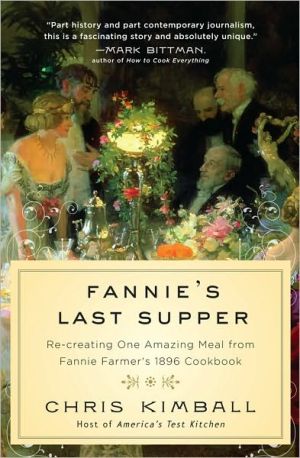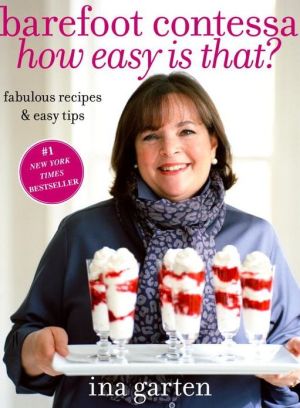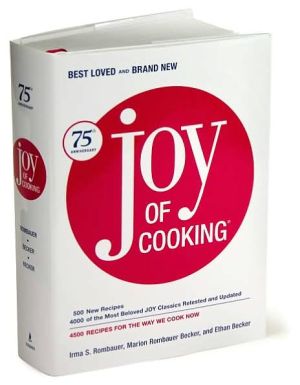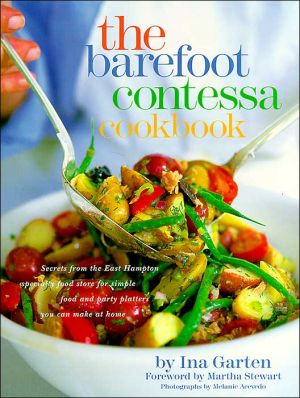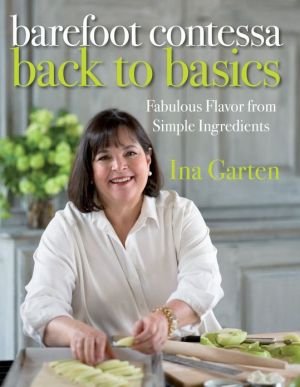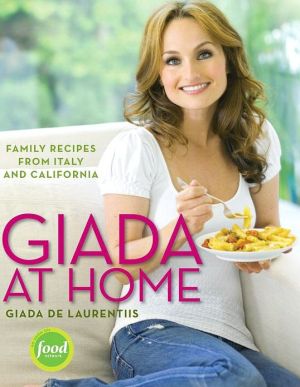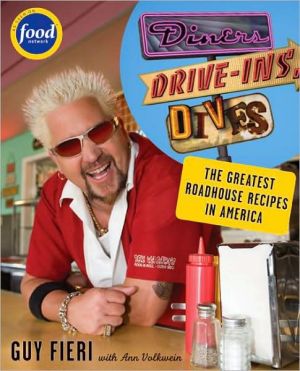Fannie's Last Supper: Re-creating One Amazing Meal from Fannie Farmer's 1896 Cookbook
In the mid-1990s, Chris Kimball moved into an 1859 Victorian townhouse on the South End of Boston and, as he became accustomed to the quirks and peculiarities of the house and neighborhood, he began to wonder what it was like to live and cook in that era. In particular, he became fascinated with Fannie Farmer’s Boston Cooking-School Cook Book. Published in 1896, it was the best-selling cookbook of its age—full of odd, long-forgotten ingredients, fascinating details about how the recipes were...
Search in google:
Before The Joy of Cooking, there was The Boston Cooking School Cookbook. Written by Fannie Farmer, principal of the school, and published in 1896, it was the bestselling cookbook of its age. 400,000 copies were sold by Farmer's death in 1915 ? and more than 4 million were sold by the 1960s. It perfectly encapsulates the late Victorian era, but it's also surprisingly modern; in short, it's ripe for reevaluation. And who better to conduct such an experiment than Chris Kimball, founder of Cook's Illustrated and host of PBS's America's Test Kitchen? Fannie's Last Supper is the result. In it, Kimball assembles an extravagant 12-course Christmas dinner from Farmer's cookbook and serves it in an 1859 Boston townhouse, complete with an authentic Victorian home kitchen, uniformed maids, and a distinguished guest list. The menu includes Roast Goose with Potato Stuffing, Canton Punch, Three Moulded Victorian Jellies, and Mandarin Cake. But Kimball includes more than just the dinner party's dishes ? Fannie's Last Supper is a working cookbook with tested, rewritten, updated recipes drawn from Farmer's opus. It's a culinary thriller of sorts, travelling back in time to reexamine something most of us take for granted: the North American table. The New York Times - Dawn Drzal Each chapter is a story in itself, the recipes prefaced with tours of Farmer's Boston, ruminations on how technology revolutionized the Victorian kitchen, historical investigations of ingredients and amusing accounts of Kimball's defeat by Farmer's recipes, his search for new ones, both Victorian and modern, and his struggles to perfect them as the fateful day approached.
\ From Barnes & NobleWith a title that would never fly today, Fannie Farmer's The Boston Cooking School Cookbook first saw bookstore light in 1896. Its publisher doubted its chances for success and printed only 3,000 copies at the author's expense, but the cookbook took off, eventually selling more than four million copies. Living just a few blocks from Farmer's homestead, PBS America' Test Kitchen hosts Christopher Kimball became intrigued by the possibility, nay the challenge, of recreating one of Fannie's scrumptious 12-course 19th century Christmas feasts. Fannie's Last Supper describes how he did it, from the Duxbury Island Creek Oysters and Mock Turtle Soup, down to the Three Molded Victorian Jellies. Culinary history served with delicious venison and nostalgia. (P.S. To sample the vintage recreation, watch Barnes & Noble Studio video on the book.)\ \ \ \ \ \ Publishers WeeklyKimball, founder of Cook's Illustrated and host of the PBS series America's Test Kitchen, spent more than two years of "research, recipe testing, and intense planning" in order to host a Victorian dinner based on the recipes of Fannie Farmer, author of The Boston Cooking-School Cook Book, which was first published in 1896. Kimball is as exhaustive in his research as he is in one of his own test recipes for Cook's Illustrated, and fans of his work will appreciate his attention to even the smallest morsel of information. Kimball is off on a culinary and historical adventure as he literally traces Fannie Farmer's steps around Boston at the turn of the century, regaling the reader with a history of Boston, observations of the Victorian character, manner of dress, and cooking implements and appliances available. In the meantime, his own team has been assembled and they are methodically testing recipes and ingredients in Kimball's 1859 red-brick Boston bowfront. All this work culminates in a foodie's dream dinner party, complete with Victorian plate settings, an all-star guest list, and 12 courses you won't find in any restaurant today. A must-read for history buffs, home cooks, and professional chefs alike. (Oct.)\ \ \ Library JournalInspired by the opulence of the formal dinner parties of late 19th-century America, Kimball (founder, Cook's Illustrated) sets out to host his own 12-course meal using period recipes and equipment. Fannie Farmer's 1896 Boston Cooking-School Cook Book serves as the guide for the meal, although Kimball is quick to point out its shortcomings and take inspiration from other period and modern sources. The narrative shifts smoothly between details of prebanquet research, organization, and testing and entertaining digressions on topics ranging from Colonial Boston's food markets to the correct technique for boiling a whole calf's head to the inner workings of cast iron coal-fired stoves. Many of the recipes making up the final meal are included, the more exotic and time-consuming of these best admired rather than seriously attempted. VERDICT Recommended for culinary history fans, particularly Bostonians, or any collection where kitchen diaries are popular. A documentary film of the feast slated for a November broadcast on PBS may drive up demand.—Neil Derksen, Gwinnett Cty. P.L., Lawrenceville, GA\ \ \ \ \ Kirkus ReviewsThe founder of Cook's Illustrated and host of America's Test Kitchen hosts an elaborate meal—a tasty time machine transporting readers back to the kitchens and dining rooms of Victorian America.\ Kimball's journey comprises numerous detours. We learn about the purchase and conversion of his Boston home, the discovery and renovation of an 1890s coal/wood stove, the training and practice of his support staff and the seemingly endless testing of and tinkering with recipes. (Cost seems not to have been much of a factor.) The author ends each chapter with the final version of the recipe he used. Kimball instructs us about the history of American cookery, utensils, food products and the choreography of the Victorian kitchen staff. He underscores the enormous effort it took to acquire food, prepare it and clean up afterwards, and he emphasizes the paradox of the class system in a democracy. The author also perused countless cookbooks from the era, read newspaper articles and recipes and studied old maps of Boston—all eventually influenced his decisions about the preparation of his mega-meal. Kimball tells the story of Fannie Farmer, whose kitchen was near his home, but he doesn't think much of the aesthetic or gustatory pleasures of many of Farmer's recipes (he uses terms like "inedible"and "particularly vile" to describe some of them). He recognizes, though, that she took a big step in the evolution of contemporary cooking. The day of the meal finally arrived—an event that PBS filmed and will air in November 2010—and amid the hustle, bustle and incredible cookstove heat, people ate a lot and sang old Broadway hits afterward.\ Even though some of Kimball's final clichéd observations and puffy epiphanies collapse like an ill-prepared pastry, he provides an appealing confection of cultural history, memoir and culinary instruction.\ \ \ \ \ \ Dawn DrzalEach chapter is a story in itself, the recipes prefaced with tours of Farmer's Boston, ruminations on how technology revolutionized the Victorian kitchen, historical investigations of ingredients and amusing accounts of Kimball's defeat by Farmer's recipes, his search for new ones, both Victorian and modern, and his struggles to perfect them as the fateful day approached.\ —The New York Times\ \
